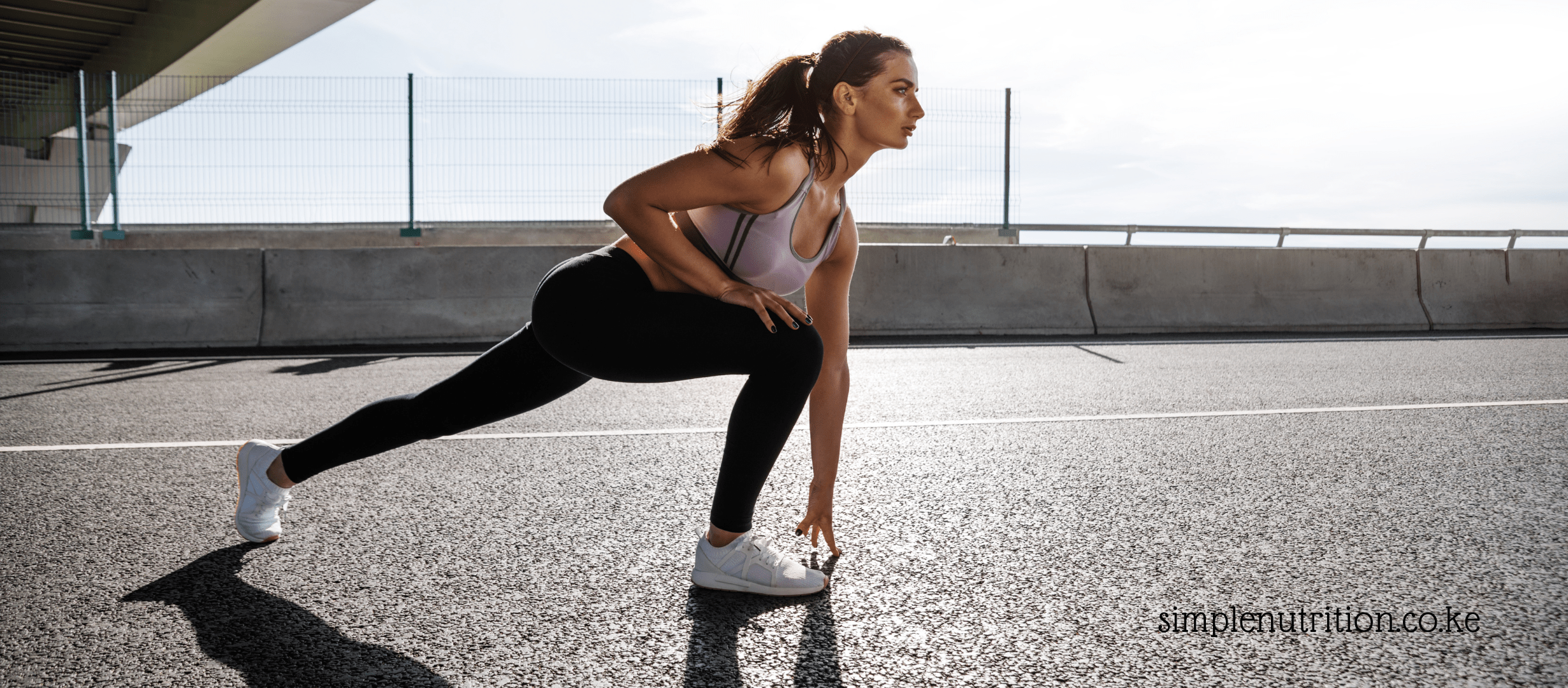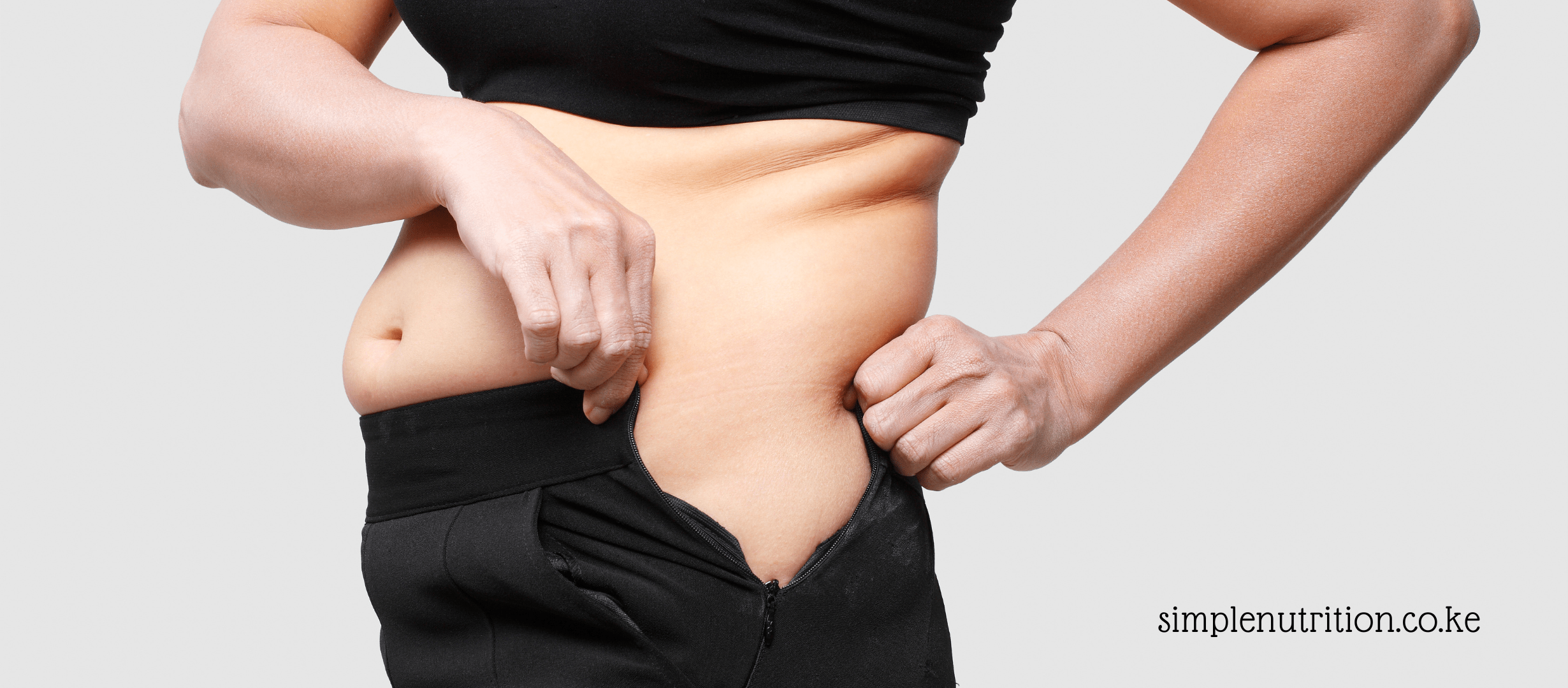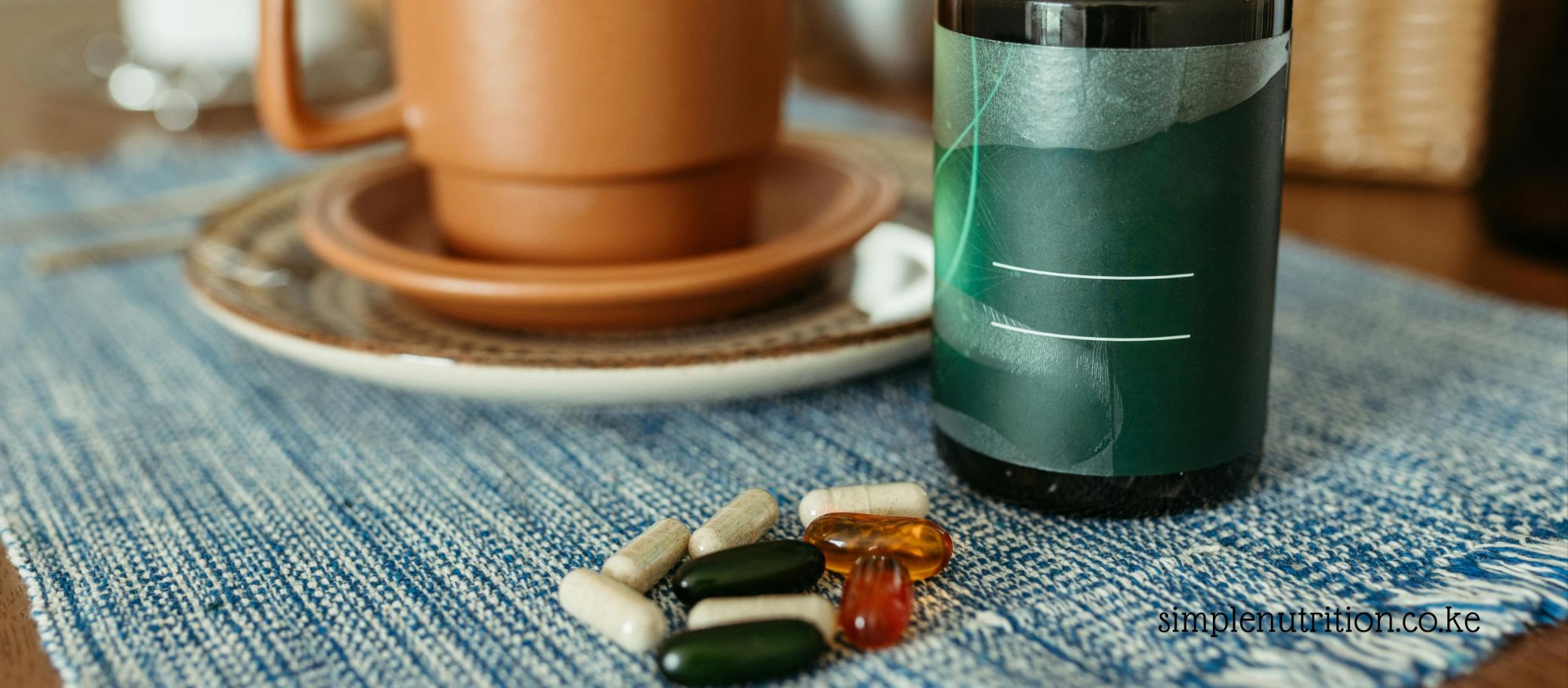“I didn’t need pills, powders, or foreign foods. I just needed my kitchen, a clock, and the will to change.”
My Story: From Frustrated to Focused
I used to look in the mirror and barely recognize myself. After two children, endless sleepless nights, and the pressure of being a working mom, I felt exhausted mentally and physically. My weight had slowly crept up to 66.5 kg, and with every extra kilo came lower self-esteem and tighter clothes.
I was tired of skipping meals one day and bingeing the next. I had tried quick-fix diets, drank those tasteless slimming teas, and even punished myself with long jogs that left me more sore than slim. But none of it worked not consistently, anyway.
Then, something changed. I came across a YouTube video by a Kenyan nutritionist talking about intermittent fasting. It wasn’t new, but it was new to me. The concept was simple you don’t have to eat less; you just need to eat at the right time.
That’s where my journey began.
Understanding Intermittent Fasting (IF): The Basics
Intermittent Fasting (IF) is not a diet it’s an eating schedule. You divide your day into two parts:
- Fasting period: You don’t eat, but you stay hydrated with water, herbal teas, or black tea/coffee.
- Eating window: You eat your regular meals within a specific time frame.
There are many types of IF, but I chose the 16:8 method meaning I fasted for 16 hours and ate during an 8-hour window.
This was my daily routine:
- Fast from 6:00 pm to 10:00 am
- Eat from 10:00 am to 6:00 pm
At first, I thought I’d faint from hunger. But with time, my body adjusted. I realized most of my hunger came from habit, not need. And with every successful day, I grew more confident.
Eating Simple, Local Kenyan Foods
One of my biggest worries was: What do I eat during my eating window?
Instagram and Pinterest were full of avocado toast, protein bars, and smoothie bowls. But I couldn’t afford chia seeds or almond milk. So I turned to my pantry and my roots.
Here’s what a typical day looked like for me, using affordable, Kenyan staples:
10:00 AM – First Meal (Brunch)
After 16 hours of fasting, I broke my fast gently with a warm, nourishing meal.
- A cup of strong Kenyan tea with a dash of milk (no sugar)
- Boiled nduma (arrowroots) or sweet potatoes filling, fibrous, and low in calories
- 1 boiled egg or half an avocado for healthy fats and protein
This combination kept me full for hours, stabilized my blood sugar, and eliminated the urge to snack.
2:00 PM – Main Meal (Lunch)
This was my biggest meal of the day, and I made sure it was balanced, filling, and familiar.
- Brown rice or ugali made with wimbi (millet) or whole maize flour
- A serving of ndengu stew (green grams) or beans cooked with onions, tomatoes, and garlic
- A generous helping of sukuma wiki, managu, or terere sautéed in minimal oil
- Sometimes I added a spoon of plain avocado or plain yoghurt on the side
I avoided over-salting, deep-frying, or adding artificial cubes. The natural taste of food, when cooked with love, was more than enough.
5:30 PM – Light Snack (Optional)
If I was still hungry before closing my eating window at 6:00 pm, I had a light, easy-to-digest snack.
- A small bowl of millet or sorghum porridge (no sugar just ripe banana blended in)
- A handful of roasted groundnuts
- A piece of fruit like pawpaw or orange
By 6:00 pm, I was done eating. My fast would begin again until 10:00 am the next day.
The Secret : Hydration
During fasting hours, water was my best friend.
- I sipped on warm lemon water in the mornings.
- During the day, I had at least 6–8 glasses of water.
- In the evenings, I brewed herbal teas like, hibiscus, or even fresh mint from my garden.
Hydration helped me manage hunger pangs, boosted my skin, and kept my digestion smooth.
My Results: Small Steps, Big Wins
After 6 weeks of following intermittent fasting and eating simple, local meals, my weight dropped from 66.5 kg to 61.2 kg.
But the changes weren’t just physical:
- I stopped craving junk food.
- My energy levels shot up I could play with my kids without panting.
- My face looked fresher, my clothes fit better, and I finally felt proud of my reflection.
The best part? I wasn’t starving. I was nourishing my body, using food from my own kitchen.
Things I Learned Along the Way
- Discipline matters more than motivation. The first week is hard. But don’t quit. The results will come.
- You don’t need imported food to be healthy. Sukuma, beans, sweet potatoes they’re all superfoods.
- Your mindset is key. I stopped seeing food as comfort and started seeing it as fuel.
You Can Do This Too
Moms, if I can do it, you can too.
You don’t need to punish yourself, starve, or chase unrealistic goals. Weight loss can be gentle, loving, and local.
Start with what you have.
Stay consistent.
Trust the process.
I’m still on this journey. My new goal is to reach 60 kg, but even now, I feel strong, confident, and proud.
Discover more from Simple Nutrition
Subscribe to get the latest posts sent to your email.






